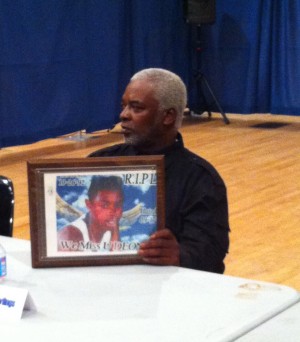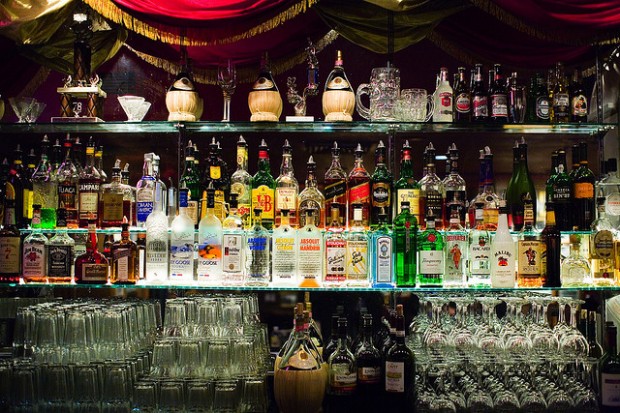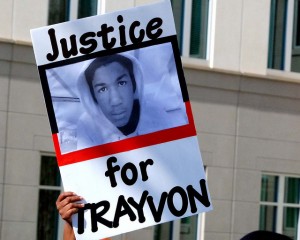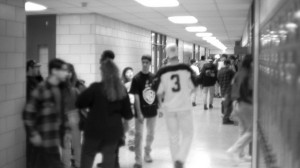
Elahe Izadi / DCentric
Charles Rawlings holds a photo of his son, DeOnte, who was shot and killed by off-duty police officers.
The Trayvon Martin case has spurred conversations in communities across the country over racial profiling and unequal treatment in the criminal justice system. Del. Eleanor Holmes Norton convened a D.C.-specific meeting Tuesday night, where she also announced that she plans to introduce a bill reestablishing a federal grant program for states to focus on racial profiling.
The program would pay for developing state anti-racial profiling laws, collecting data on traffic stops, training police officers and running fashion programs meant to reduce racial profiling. A similar grant program ended in 2009.
The Tuesday night forum by Norton’s D.C. Commission on Black Men and Boys was meant to “focus on eliminating the branding of African American boys and men on sight as criminals or in other negative ways,” Norton said.
There are a number of stories similar to the Trayvon Martin case, but not all have received the same level of national attention. In D.C., one of the most notable such cases is the 2007 death of 14-year-old DeOnte Rawlings, who was shot in the back of the head by two off-duty police officers after the boy allegedly stole one of the cop’s minibikes. The officers were never charged with a crime, and the family received a settlement over a civil lawsuit filed against the city.
Charles Rawlings, DeOnte’s father, said during the forum that his heart goes out to the Martin family.
“When you lose a child and when you’re alone, people don’t know what you’re going through,” Rawlings said. “It’s so painful that he’s not here anymore… My pain [doesn't] ever go away.”








